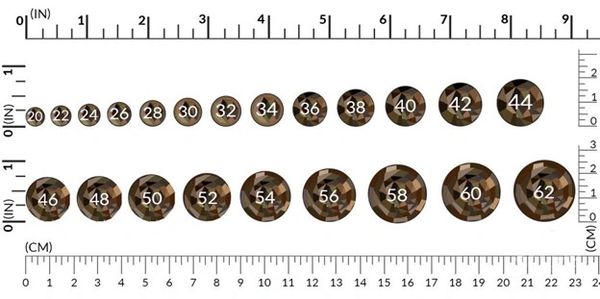Shapes

Cigar Shapes and Sizes: What to Know
While standing in front of your local cigar shop’s humidor or browsing online at your favorite tobacconist, you might be reminded of the quote “beauty comes in all shapes and sizes.” You will either take solace in that fact or become instantly overwhelmed by all the choices. But this is partly a reason why cigars are amazing and enjoyable. You can choose a size based on the time you have available, your taste preference, or because you like the way it looks.
Sizes

Cigar size is typically composed of length, ring gauge, and shape. Length is pretty straightforward, as it is measured in inches. Ring gauge is a little more peculiar since it is a unique unit of measure. One unit is 1/64th of an inch, the diameter of a cigar. For example, a cigar with a 54-ring gauge measures approximately 54/64s of an inch in diameter.
*Reminder for those of us who haven’t taken a math class in a while, diameter is the measurement from one point of a circle, through the center, to another point. When you see a cigar description, the length and ring gauge will be presented typically in the following fashion: “length” x “ring gauge” (ex., 5×54).
The third component is the actual shape of the cigar. Most cigars are going to fall under the umbrella of a Parejo. Parejo describes a grouping of shapes that have straight sides with no taper. Most often, the foot of the cigar is open, and the cap needs to be cut before lighting. These can be either box-pressed or traditionally rolled to be round. The third component is the actual shape of the cigar.